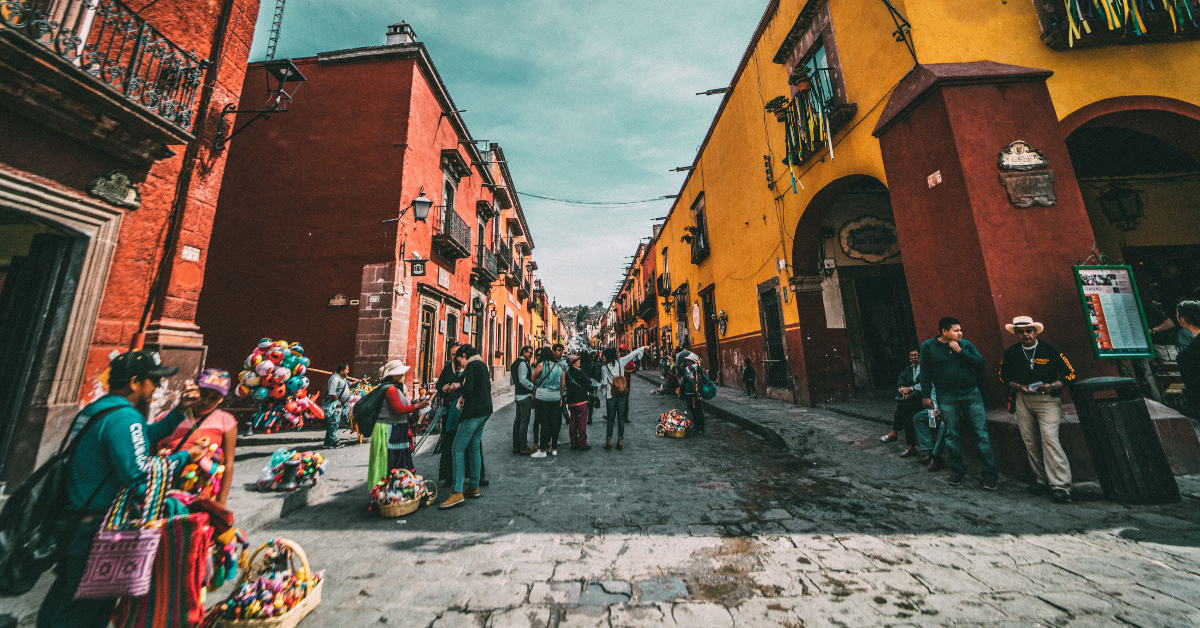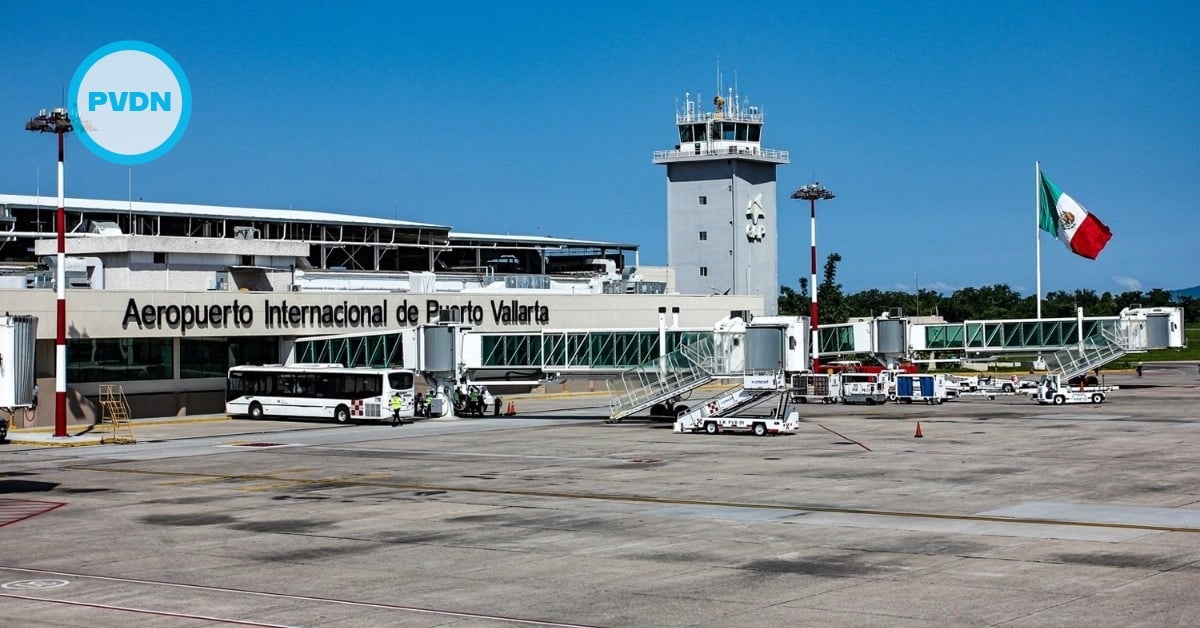Puerto Vallarta (PVDN) - After a long working life, many people dream of an affordable retirement, great weather, and plenty of activities. This evokes an image where one is lying on a hammock with a refreshing drink, sheltering in the shade from the sun, and watching the waves o…





